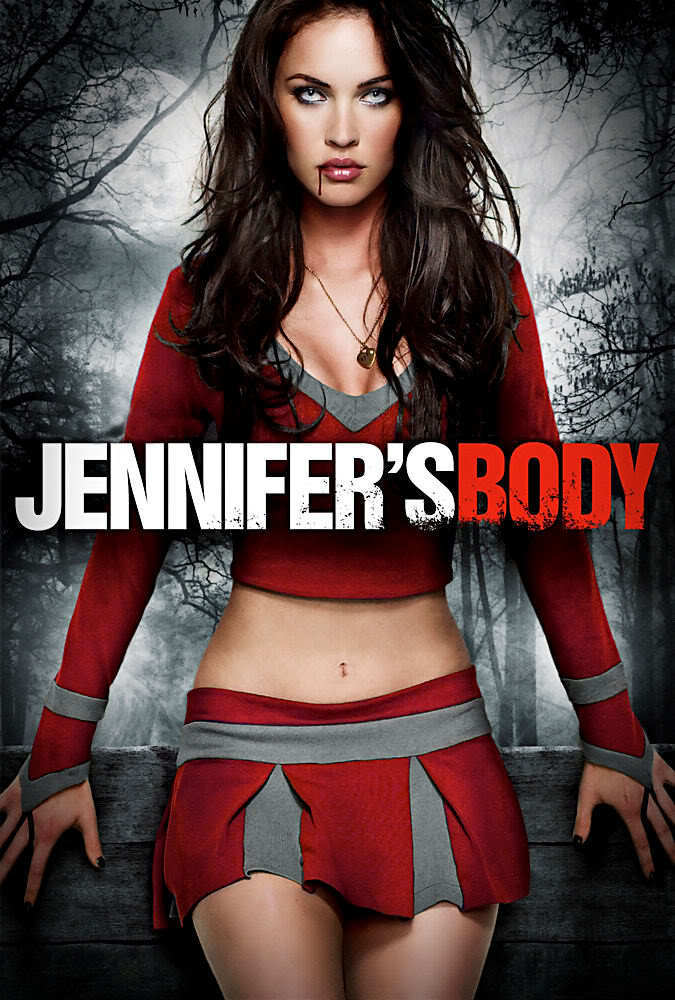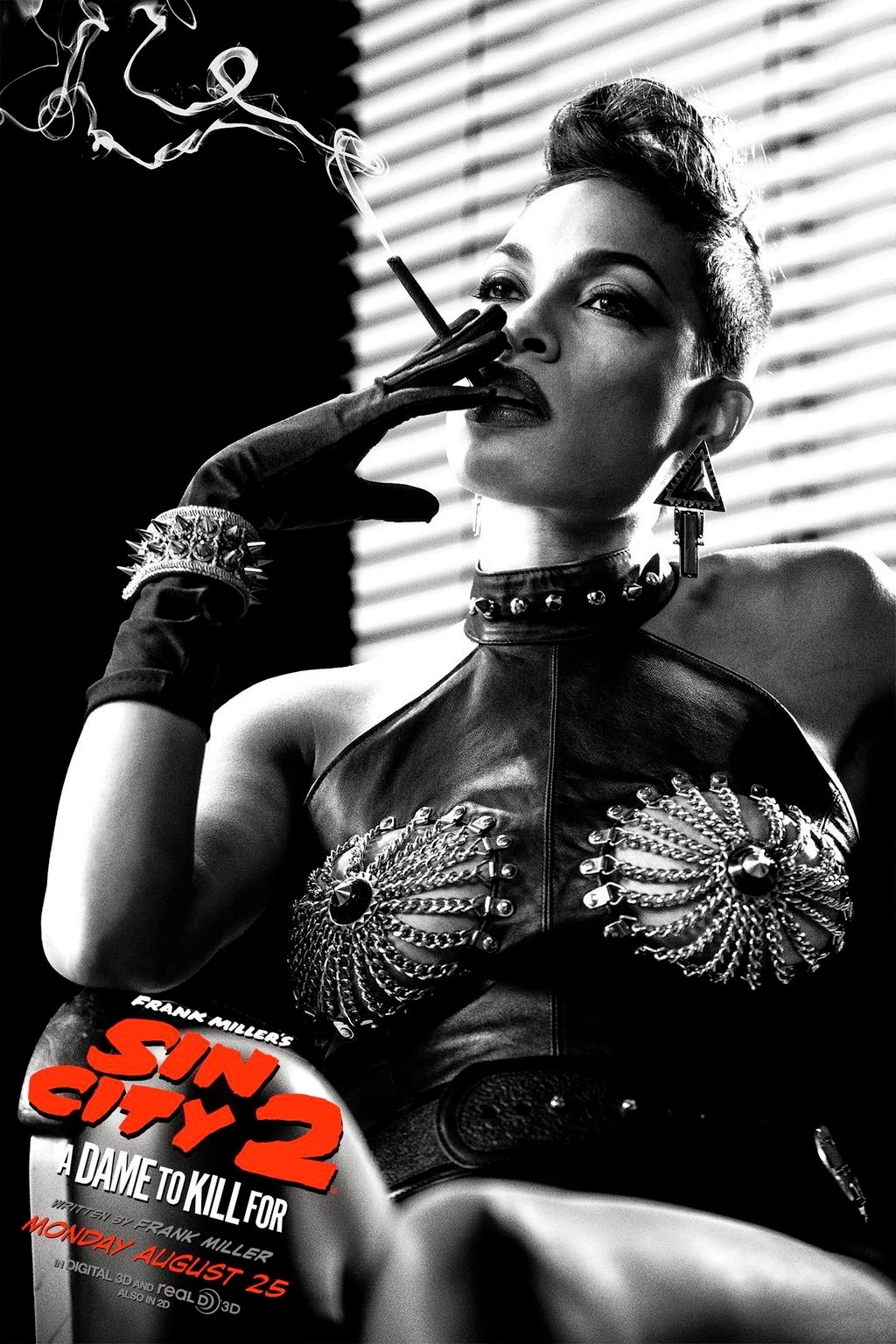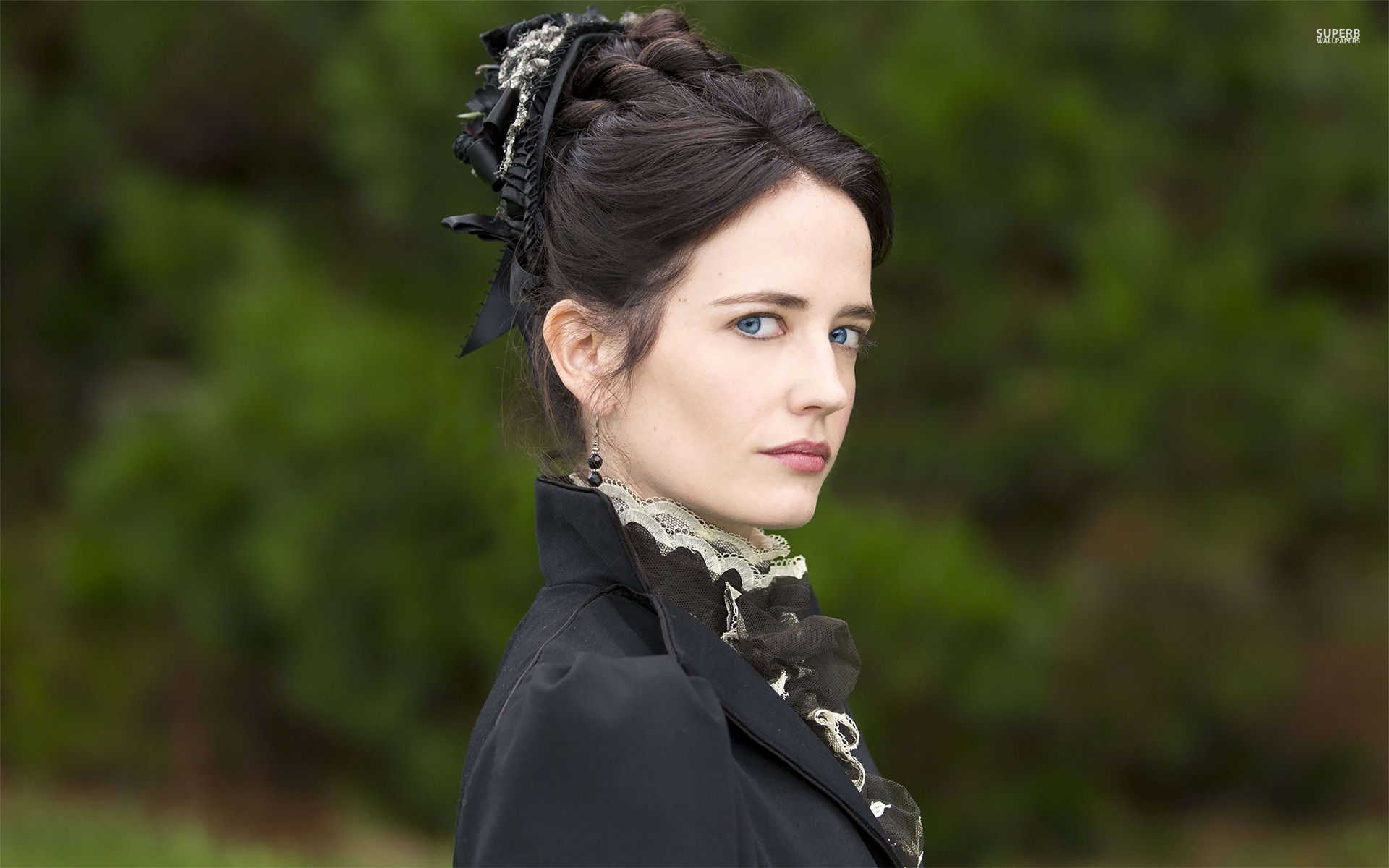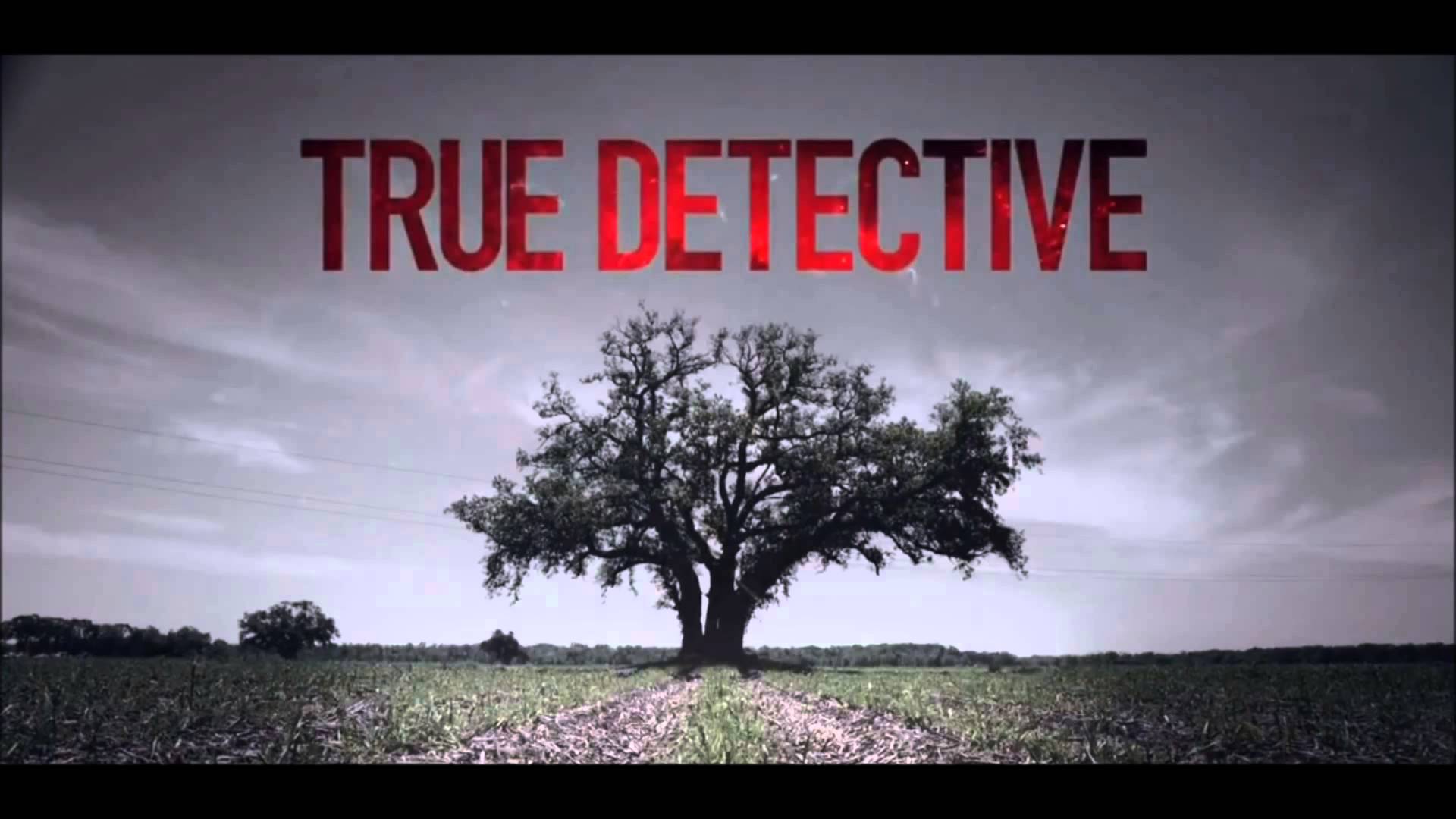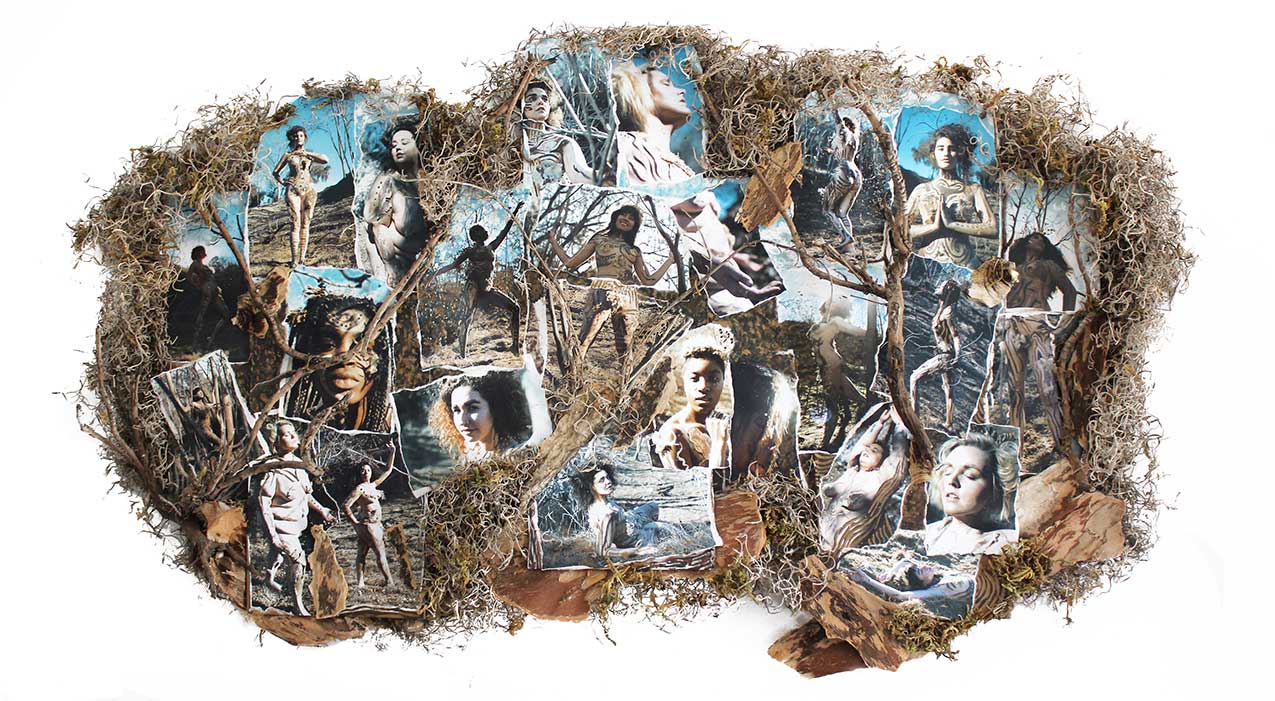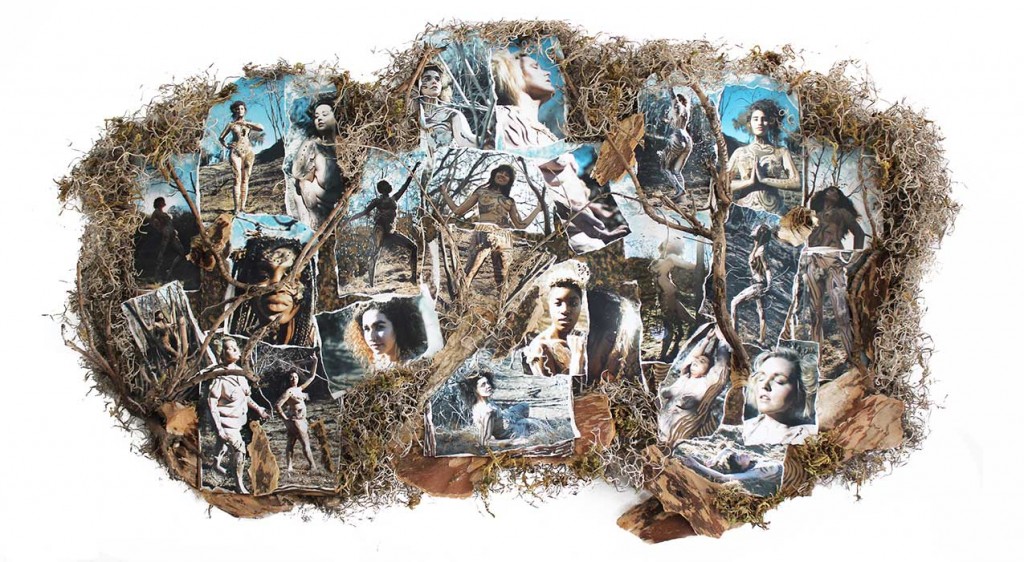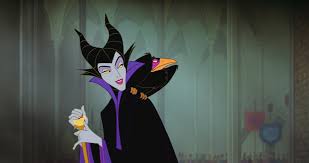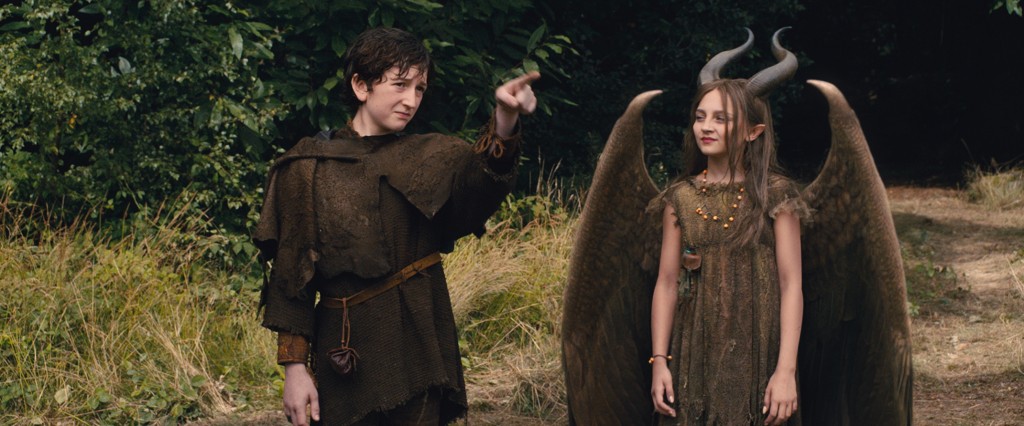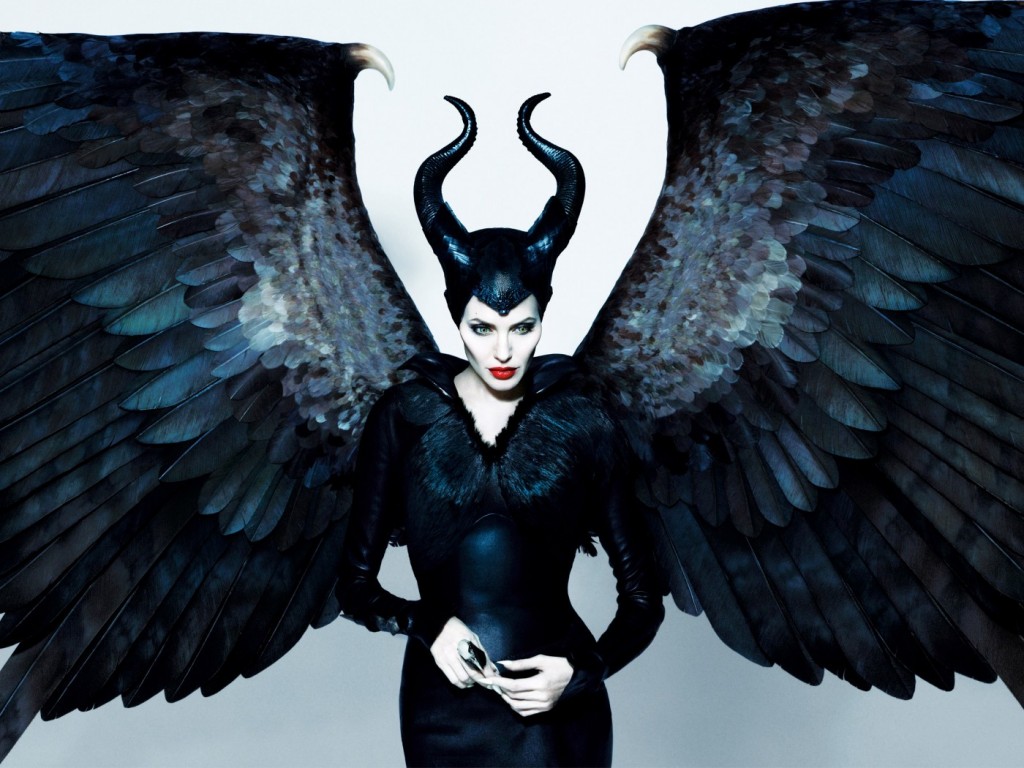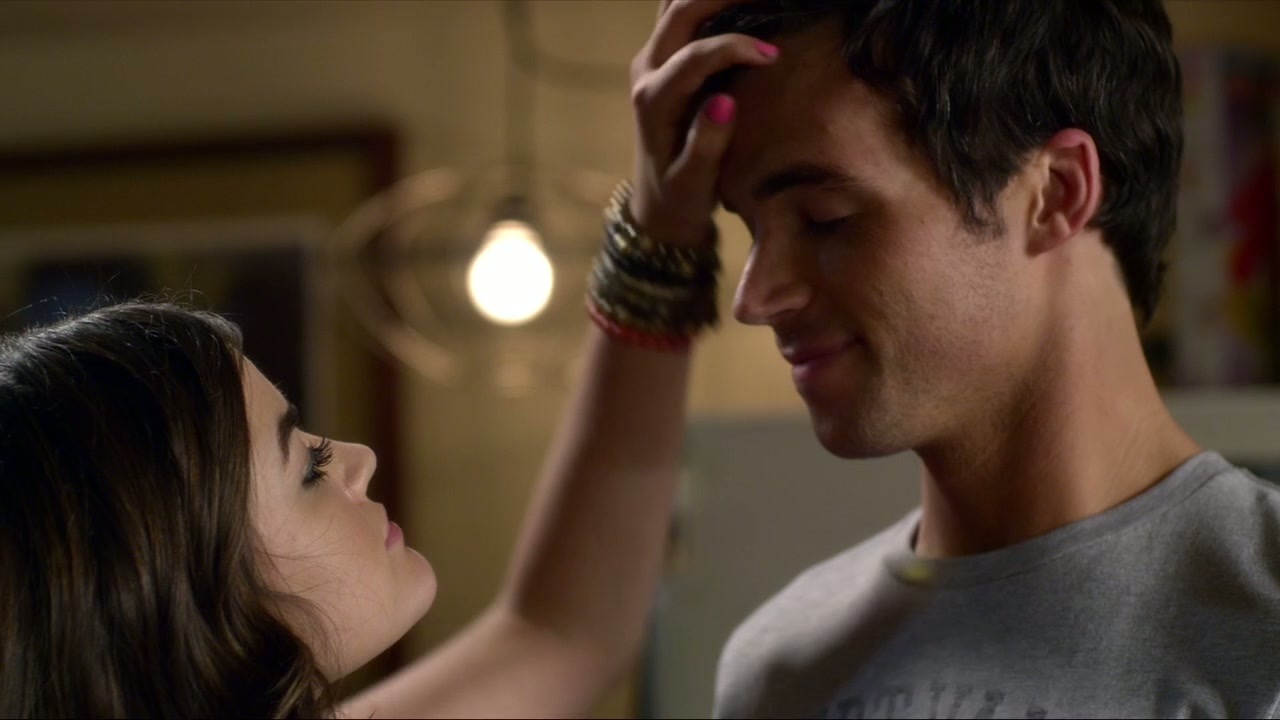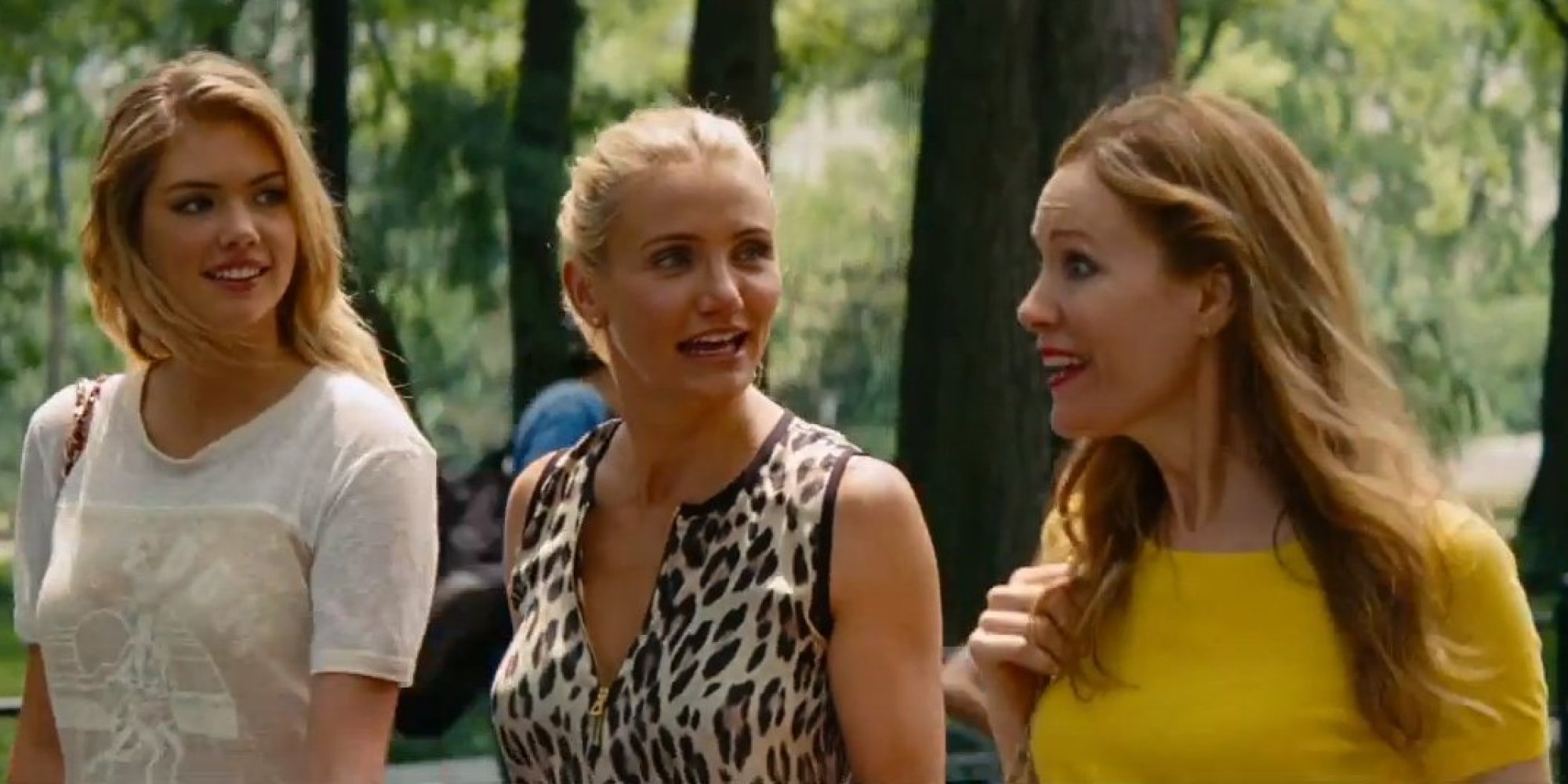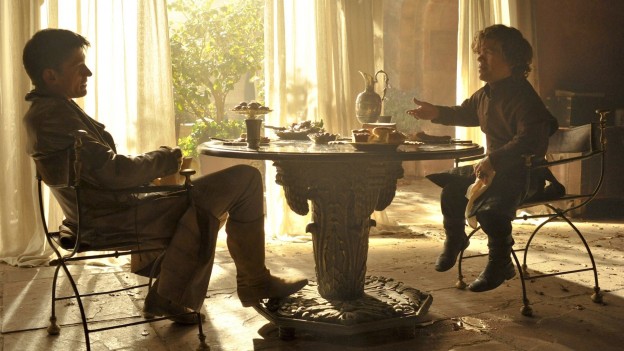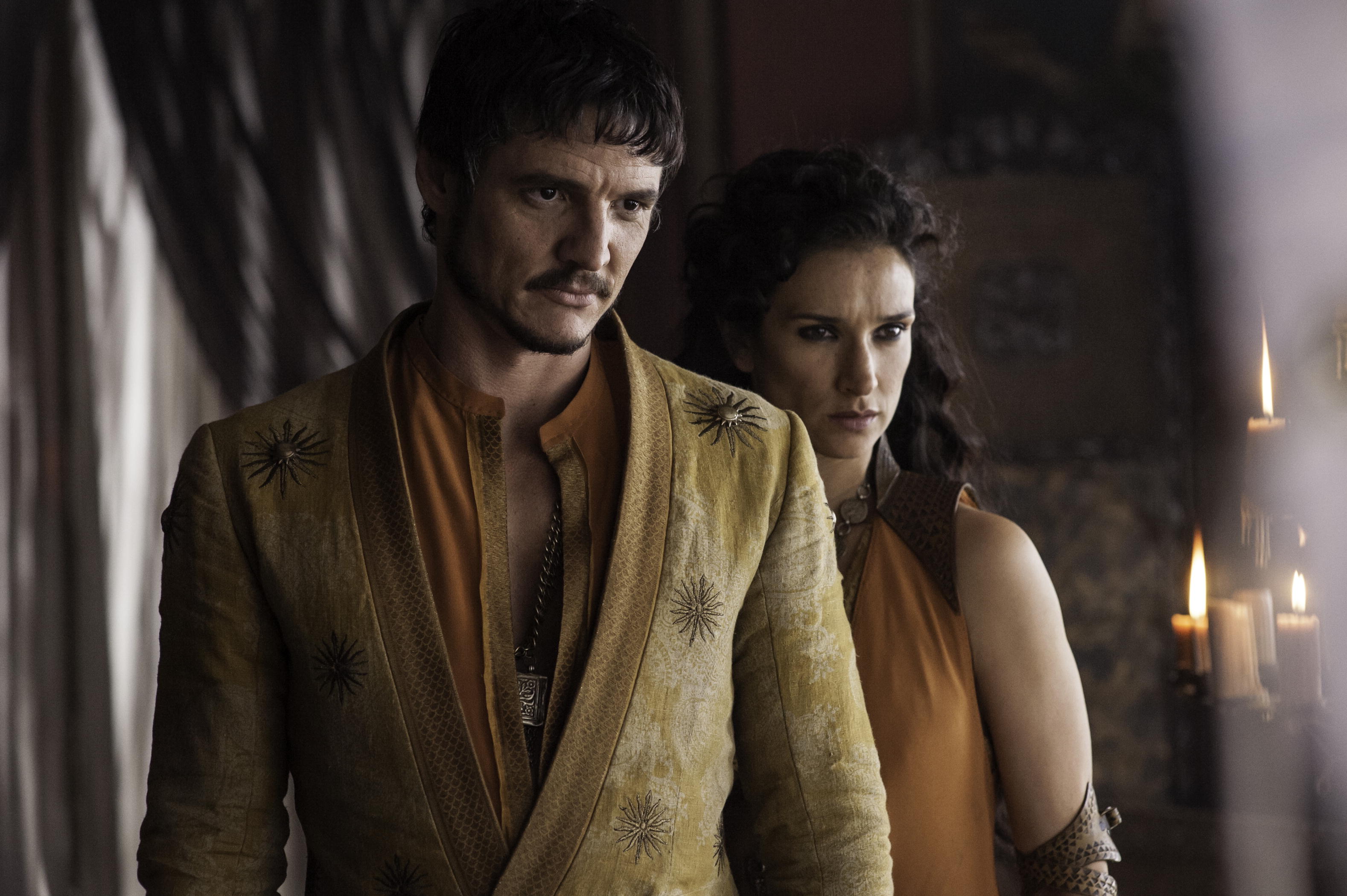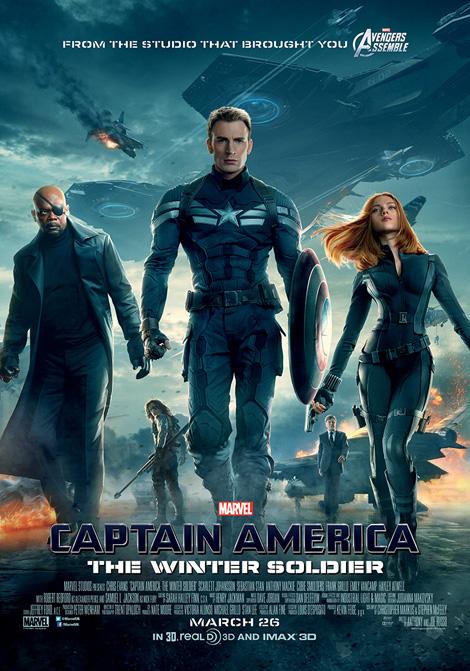This post by staff writer Gaayathri Nair appears as part of our theme week on Demon and Spirit Possession.
When Jennifer’s Body first came out in 2009, both writer Diablo Cody and director Karyn Kausama attempted to frame the movie as a feminist subversion of the horror genre. In interviews they both talked about horror being a genre that actually has a lot to offer women in terms of empowerment, in particular referring to the “final girl trope.” Despite their intentions, I’m not sure if Jennifer’s Body can be read as a movie that defies the sexist tropes of both the teen and horror genres. As a possession movie, it is certainly a departure from many of the tropes of the genre and I think the movie does have moments of brilliance. However it falls down for me because it relies on teen and horror movie staples of competitive female friendship, a young women that is constantly objectified on screen and then finally punished for her sexuality.
In Jennifer’s Body, Jennifer, played by Megan Fox is offered as a virgin sacrifice by a less than mediocre indie band to the devil in order to launch themselves into the big time. Unfortunately or fortunately depending on your perspective, Jennifer is not actually a virgin and so a “demonic transference” occurs where she comes to life but happens to be possessed by a succubus.
Jennifer’s Body is not a traditional female possession film. The genre is generally typified by mild mannered asexual women who begin to act in overt and sometimes pathologized sexual ways once they become possessed. Jennifer’s sexuality, on the other hand, is firmly established at the beginning of the film, from her clothing, the way she interacts with both her best friend Needy and the males in her school, to where she casually mentions that she is “not even a back door virgin anymore.” Jennifer’s position as a person who is sexual and enjoys sex is very clear. It is also clear early on that she knows the effect her looks have on the people around her. She knows that her best friend is captivated by her and uses that to her advantage to keep her in line. She loves the small measure of power her sexuality gives her over the boys she knows desperately want to screw her but can’t. Jennifer chooses exactly who she wants to have sex with; she favors more mature guys who are out of high school.
Unfortunately, it is this preference for more worldly guys that gets her into trouble. Her interest in the lead singer of the band that has come to play at the bar of her small town literally gets Jennifer killed. This is par for the course in horror movies; women who actively engage in expressing their own sexuality are normally punished and often lethally. However in this case, Jennifer’s lack of purity saves her. The fact that she is not actually a virgin means that she gets a second shot at life.
In more traditional possession films, the female victim is fearful of her possession. She generally tries to fight against it and is often pathologized as mentally ill, for example in The Exorcist and The Exorcism of Emily Rose, Jennifer revels in her new found possession. She loves the power and strength it gives her. She compares it to feeling like a goddess and that feeling is worth the lives of a few paltry high school boys in order to sustain it. She feels no guilt or conflict about her appetites at all.
Unfortunately for Jennifer, her best friend Needy discovers how she is sustaining herself and is unimpressed, especially since Jennifer targeted a particular boy who she was friends with and then also tries to eat her boyfriend. So here, just when it all starts to get interesting we fall into the regular yawn-fest that is a female friendship that is not really a friendship at all and is instead characterized by petty fights over boys and jealousy. Sure this is on an extreme level, but that is what it really boils down to.
To me the movie would have been so much better if it hadn’t come down to Jennifer’s jealousy of Needy spending time with her boyfriend. It would have been so much more satisfying if the final showdown was not between Jennifer and Needy, but between the two of them and the members of Low Shoulder who sacrificed Jennifer for their own ends in the first place. Needy leaves the end of the movie with some of Jennifer’s powers minus the need to consume human flesh and takes her revenge on the people that hurt her friend. She deals with Low Shoulder eventually, but their demise feels like a sad afterthought when it is they who are in fact the arch villains, not Jennifer. For me, while Jennifer’s Body was interesting in the way it dealt with the tropes of the possession movie genre, it wasn’t revolutionary enough. It had so much potential and could have gone so much further; instead, it feels like a cop-out.
Gaayathri Nair is currently living and writing in Auckland, New Zealand. You can find more of her work at her blog A Human Story and tweet her @A_Gaayathri
